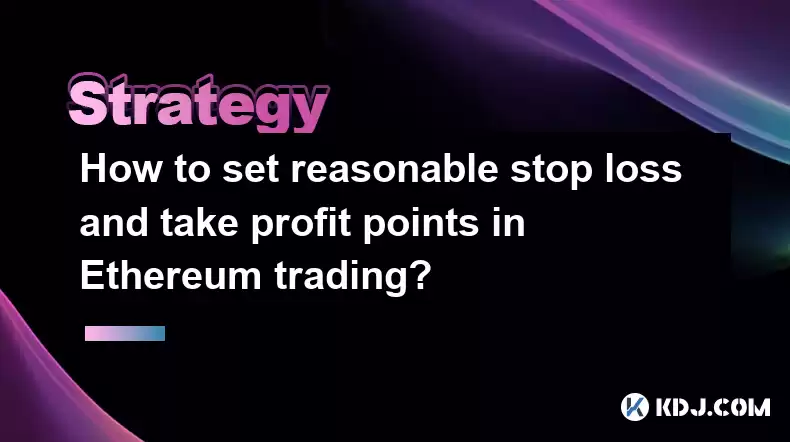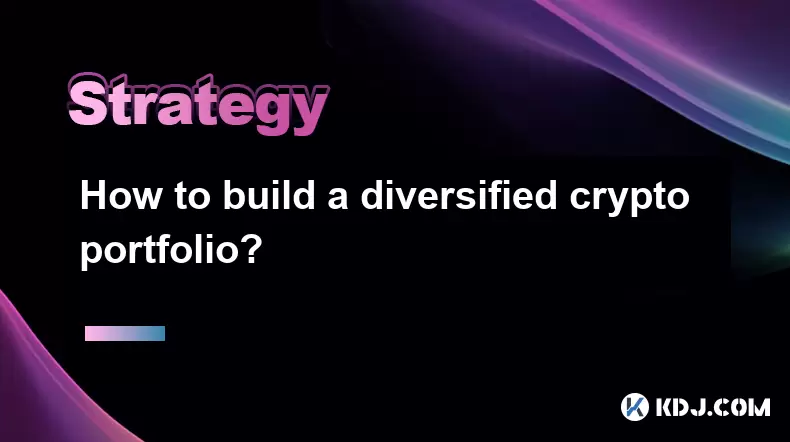-
 Bitcoin
Bitcoin $116400
-0.36% -
 Ethereum
Ethereum $4033
3.40% -
 XRP
XRP $3.302
-1.26% -
 Tether USDt
Tether USDt $1.000
-0.02% -
 BNB
BNB $796.1
1.67% -
 Solana
Solana $177.8
1.89% -
 USDC
USDC $0.9999
0.00% -
 Dogecoin
Dogecoin $0.2314
4.09% -
 TRON
TRON $0.3381
0.14% -
 Cardano
Cardano $0.7989
1.22% -
 Stellar
Stellar $0.4496
-1.84% -
 Chainlink
Chainlink $20.42
9.42% -
 Hyperliquid
Hyperliquid $41.17
0.88% -
 Sui
Sui $3.914
3.77% -
 Bitcoin Cash
Bitcoin Cash $584.7
1.52% -
 Hedera
Hedera $0.2632
-0.54% -
 Avalanche
Avalanche $24.09
3.40% -
 Ethena USDe
Ethena USDe $1.001
-0.02% -
 Litecoin
Litecoin $123.2
1.33% -
 Toncoin
Toncoin $3.318
-0.04% -
 UNUS SED LEO
UNUS SED LEO $8.984
-0.05% -
 Shiba Inu
Shiba Inu $0.00001323
2.85% -
 Uniswap
Uniswap $10.90
4.41% -
 Polkadot
Polkadot $3.999
3.34% -
 Dai
Dai $1.000
0.01% -
 Cronos
Cronos $0.1630
9.64% -
 Bitget Token
Bitget Token $4.484
0.82% -
 Monero
Monero $272.4
2.44% -
 Pepe
Pepe $0.00001173
6.03% -
 Aave
Aave $290.8
2.88%
How to set reasonable stop loss and take profit points in Ethereum trading?
Setting appropriate stop-loss and take-profit levels in Ethereum trading involves understanding their purpose, identifying influencing factors, leveraging technical indicators, and managing emotions to avoid pitfalls.
Feb 26, 2025 at 05:30 am

Key Points:
- Understanding the role of stop-loss and take-profit orders in Ethereum trading
- Identifying the factors influencing stop-loss and take-profit placement
- Strategies for setting appropriate stop-loss and take-profit levels
- Technical indicators and chart patterns to aid in decision-making
- Managing emotions and avoiding common pitfalls
Steps to Set Reasonable Stop Loss and Take Profit Points in Ethereum Trading:
1. Understand the Purpose of Stop-Loss and Take-Profit Orders:
- Stop-loss orders are designed to automatically sell your Ethereum position when the price falls to a predetermined level, limiting potential losses.
- Take-profit orders, on the other hand, sell your position when the price rises to a desired level, securing profits.
2. Identify Influencing Factors:
- Trading strategy: The frequency and duration of your trades affect stop-loss and take-profit placement.
- Risk tolerance: Determine the amount of risk you're willing to take and adjust your levels accordingly.
- Market volatility: High volatility may warrant wider stop-loss and take-profit ranges, while low volatility allows for tighter ranges.
3. Set Stop-Loss Levels:
- Support levels: Identify price points where previous lows or consolidations have occurred, indicating potential resistance to declines.
- Moving averages: Calculate a moving average over a chosen period (e.g., 50-day moving average) and place your stop-loss below it in downtrends.
- Bollinger Bands: Utilize the lower Bollinger Band as a potential stop-loss level, indicating potential oversold conditions.
4. Set Take-Profit Levels:
- Resistance levels: Identify price points where previous highs or consolidations have occurred, indicating potential resistance to further gains.
- Fibonacci levels: Calculate Fibonacci levels (e.g., 38.2%, 50%, 61.8%) and set take-profit levels at these resistance points.
- Trendlines: Draw trendlines connecting recent highs (for uptrends) or lows (for downtrends) and set take-profit levels above or below the trendline.
5. Manage Emotions and Pitfalls:
- Fear of missing out (FOMO): Avoid making impulsive trades based on emotions or greed.
- Overtrading: Do not engage in excessive trading, which can lead to hasty stop-loss exits.
- Confirmation bias: Seek independent perspectives and avoid solely relying on single indicators or confirmation from others.
FAQs:
Q: What is a reasonable stop-loss percentage for Ethereum trading?
A: The appropriate percentage depends on factors such as risk tolerance, trading strategy, and market volatility. Generally, a stop-loss percentage in the range of 1-5% of your trading capital is considered reasonable.
Q: How often should I adjust my stop-loss and take-profit levels?
A: Review and adjust your stop-loss and take-profit levels regularly, especially during changing market conditions or a shift in your trading strategy.
Q: What tools can help me identify potential support and resistance levels for Ethereum trading?
A: Technical indicators such as Moving Averages, Bollinger Bands, and Pivot Points can assist in identifying areas of support and resistance on an Ethereum chart.
Disclaimer:info@kdj.com
The information provided is not trading advice. kdj.com does not assume any responsibility for any investments made based on the information provided in this article. Cryptocurrencies are highly volatile and it is highly recommended that you invest with caution after thorough research!
If you believe that the content used on this website infringes your copyright, please contact us immediately (info@kdj.com) and we will delete it promptly.
- Shiba Inu (SHIB) in the Crypto Landscape: Community, Trends, and Future Outlook
- 2025-08-09 20:30:12
- Lasers in Modern Warfare: Iron Beam and the Future of Defense
- 2025-08-09 20:30:12
- Maxi Doge Presale: The Meme Coin That's Pumping Iron and Prices!
- 2025-08-09 19:10:11
- Rare Coin Warning: Don't Get Fooled by That 1p Coin!
- 2025-08-09 18:50:12
- Cardano, Unilabs, and Tron Price: Decoding the Latest Crypto Buzz
- 2025-08-09 18:30:12
- Aerodrome Finance: Price Targets and the Bullish Channel - What's Next?
- 2025-08-09 18:50:12
Related knowledge

How to use stop-loss orders to limit potential losses?
Aug 08,2025 at 02:01pm
Understanding Stop-Loss Orders in Cryptocurrency TradingA stop-loss order is a risk management tool used by traders to automatically sell a cryptocurr...

How to read cryptocurrency charts and use technical analysis?
Aug 08,2025 at 11:08am
Understanding the Basics of Cryptocurrency ChartsCryptocurrency charts are graphical representations of price movements over time. These charts are es...

How to do your own research (DYOR) before investing in a crypto project?
Aug 08,2025 at 09:07pm
Understanding the Core Principles of DYOR in CryptocurrencyEngaging in due diligence before investing in any cryptocurrency project is essential to mi...

How to build a diversified crypto portfolio?
Aug 09,2025 at 12:21pm
Understanding the Importance of Diversification in CryptoDiversification in the cryptocurrency space is a strategy used to reduce risk by spreading in...

How to avoid common crypto investment mistakes?
Jul 13,2025 at 01:35am
Understanding the Risks of Crypto InvestmentInvesting in cryptocurrency can be highly rewarding, but it also comes with significant risks. One of the ...

What is a long-short crypto strategy?
Jul 15,2025 at 10:56am
Understanding the Basics of a Long-Short Crypto StrategyA long-short crypto strategy is an investment approach where traders simultaneously take long ...

How to use stop-loss orders to limit potential losses?
Aug 08,2025 at 02:01pm
Understanding Stop-Loss Orders in Cryptocurrency TradingA stop-loss order is a risk management tool used by traders to automatically sell a cryptocurr...

How to read cryptocurrency charts and use technical analysis?
Aug 08,2025 at 11:08am
Understanding the Basics of Cryptocurrency ChartsCryptocurrency charts are graphical representations of price movements over time. These charts are es...

How to do your own research (DYOR) before investing in a crypto project?
Aug 08,2025 at 09:07pm
Understanding the Core Principles of DYOR in CryptocurrencyEngaging in due diligence before investing in any cryptocurrency project is essential to mi...

How to build a diversified crypto portfolio?
Aug 09,2025 at 12:21pm
Understanding the Importance of Diversification in CryptoDiversification in the cryptocurrency space is a strategy used to reduce risk by spreading in...

How to avoid common crypto investment mistakes?
Jul 13,2025 at 01:35am
Understanding the Risks of Crypto InvestmentInvesting in cryptocurrency can be highly rewarding, but it also comes with significant risks. One of the ...

What is a long-short crypto strategy?
Jul 15,2025 at 10:56am
Understanding the Basics of a Long-Short Crypto StrategyA long-short crypto strategy is an investment approach where traders simultaneously take long ...
See all articles

























































































